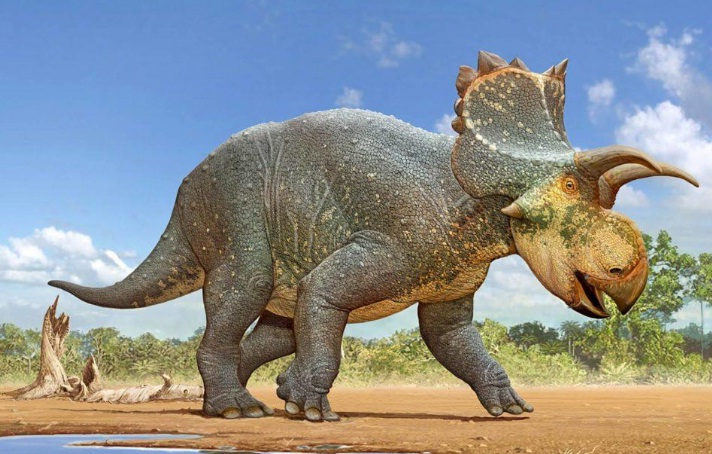
A team of paleontologists at the New Mexico Museum of Natural History and Science has discovered a new species of horned dinosaur in Arizona. After analyzing the bones and fossils collected before 20 years, paleontologists now confirmed that these bones were actually of a ceratopsid (horned) dinosaur named Crittendenceratops krzyzanowskii.
The bones were found from the rocks along the margins of a large lake that was present southeast of Tucson in Arizona during the Late Cretaceous period.
The dinosaur has been named Crittendenceratops for the Fort Crittenden Formation, the rock formation that yielded the dinosaur fossils and Ceratops, in Greek means horned face. The species name krzyzanowskii is being named after late Stan Krzyzanowski, a research associate in the team who discovered the new dinosaur.
Scientists believe that these horned dinosaurs might have roamed across the planet before 73 million years. The research team revealed that these dinosaurs belong to a group of horned creatures named centrosaurs. These dinos can be easily distinguished from other dinosaurs due to its unique shape of the protruding bone in its headshield.
These horned dinosaurs were almost 11 feet long, and it might have weighed approximately three-quarters of a ton. Just like all other Ceratops, this new species of dinosaurs were also pure plant eaters.
A few weeks back, a team of researchers had discovered the fossils of an elephant-sized beast that lived with dinosaurs. Experts speculated that these giant animals might have roamed across the earth along with dinosaurs around 237 million years ago. The discovery also made experts believe that dinosaurs were not the only giant creatures that roamed the planet during the Triassic period.
Researchers have named this elephant-sized creature Lisowicia bojani. After analyzing the fossils, experts came to the conclusion that this giant beast had a body very similar to that of a rhinoceros. Just like Ceratops, this creature was also a pure plant eater.









